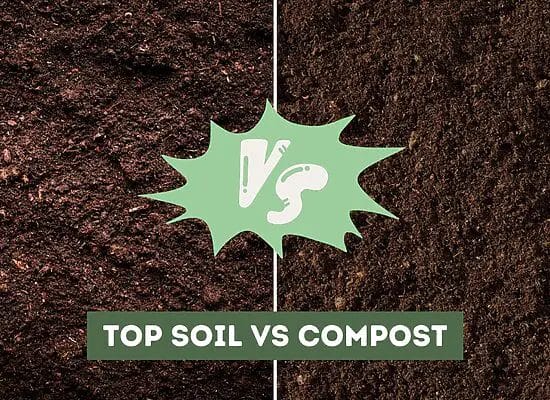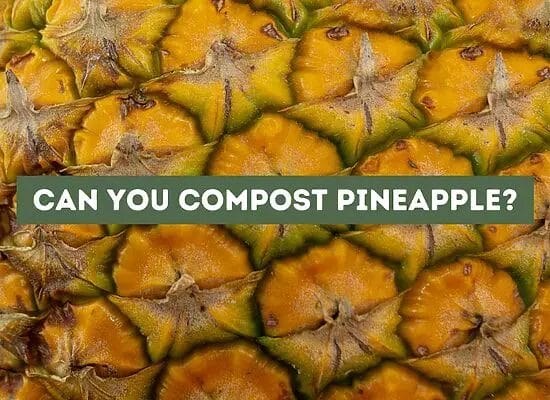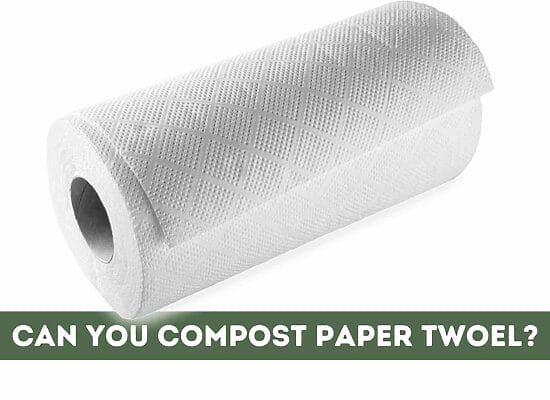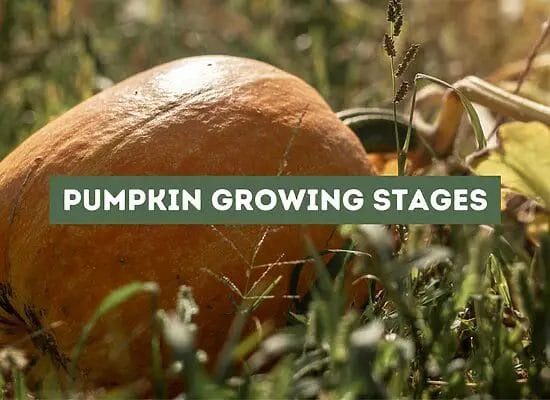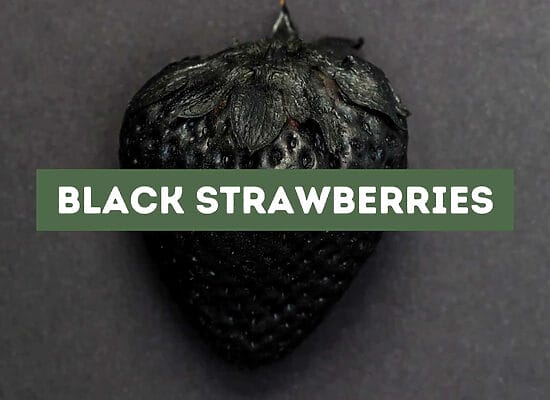
Are you a succulent enthusiast who has noticed your cactus turning brown and losing its spines? If so, your cactus may be experiencing a natural process called “corking.” This process occurs as cacti age and can be alarming to new cactus owners. However, understanding the causes and prevention methods can help you keep your cactus healthy and thriving.
Cactus corking is a process that involves the change in color and texture of a cactus that results directly from the aging process and weathering. As a cactus matures, it may develop corking at the base that spreads upwards, causing the stems to appear dry and brown on the outside while the texture inside remains firm.
Although corking is a natural part of a cactus’s life cycle, it can also be a sign of stress and environmental factors. In this article, we will explore the causes of cactus corking, how to identify it, fix it, and prevent it from happening in the future.
Key takeaways:
- Cactus corking is a natural process that occurs as cacti age and grow.
- Corking is characterized by a change in color and texture at the base of the cactus.
- It is caused by the oxidation of the skin layer of the cactus, resulting in a cork-like texture.
- Corking can be a sign of stress and environmental factors, in addition to being a natural part of the cactus’s life cycle.
- Proper care and avoiding overwatering are important to prevent corking.
- Age, genetics, and environmental stress are common causes of cactus corking.
- To prevent corking, provide optimal growing conditions, avoid overwatering, and protect from extreme temperatures.
What is Cactus Corking?
Cactus corking is a natural process that occurs as cacti grow and age. It is a phenomenon that affects the base of the plant, where the affected area changes in color and texture from green to brown or gray. This change in color and texture is caused by the oxidation of the skin layer of the cactus, which hardens and becomes cork-like.
The corking process starts at the bottom of the plant and progresses upwards, usually in a perfect ring around the base of the cactus. However, it can also occur in patches or on just one side of the plant. Corking is more common in older cacti, but younger plants may also show signs of corking if they have been stressed or overwatered.
The affected area of the cactus may also lose its spines and become more brittle, but this is a natural part of the aging process. The cork layer provides stability and support to the plant and helps protect it from environmental stressors.
Corking is not the same as rot, which is a fungal disease that affects the entire plant and can be fatal. Corking is a natural process that does not harm the plant, but it is a sign that the aging process is taking place.
Causes of Cactus Corking
Cactus corking is a natural process that occurs as cacti age. It is characterized by a brown, woody texture that forms at the base of the plant and works its way up the stem. While corking is a normal part of a cactus’s life cycle, it can be caused by a variety of factors, including age, genetics, and environmental stress.
One of the primary causes of cactus corking is age. As cacti grow older, their stems become woody and begin to lose moisture. This loss of moisture causes the stem to become less flexible and more prone to cracking, which leads to the formation of corking.
Another factor that can contribute to cactus corking is genetics. Some species of cacti are more prone to corking than others, and certain cultivars may be more susceptible to corking due to their genetic makeup.
Environmental stress can also play a role in the development of cactus corking. Factors such as extreme temperatures, drought, and overwatering can all cause stress to the plant, which can lead to the formation of corking. Additionally, pests and diseases can weaken the plant and make it more susceptible to corking.
To prevent cactus corking, it is important to provide your plants with optimal growing conditions. This includes providing them with well-draining soil, avoiding overwatering, and protecting them from extreme temperatures. Additionally, regular fertilization can help keep your cacti healthy and less prone to stress.
How to Identify Cactus Corking
If you’re a cactus enthusiast, you might have heard of cactus corking. It’s a natural process that occurs as a cactus plant ages. Corking happens at the base of the plant, and it’s characterized by a change in color and texture. The previously green epidermis will turn a pale brown shade, and the outer layer of the cactus will look dried out and brittle to the touch.
Corking is a perfect ring that can occur in patches or on just one side of the cactus. It’s a result of the aging process, and it takes years for a cactus to cork completely. As the cactus ages, the affected area becomes more prominent, and the corked area provides stability and support to the plant.
To identify cactus corking, look for small brown or black spots on the cactus. The cactus changes color from green to brown or gray and develops ridges on its surface that may be harsh to the touch. When cacti lose their sharp edges and spines, they’ve been corked.
Pro Tip: Cacti that grow in dry, arid regions are more prone to corking. If you want to prevent corking, make sure to provide your cactus with proper care and avoid overwatering it.
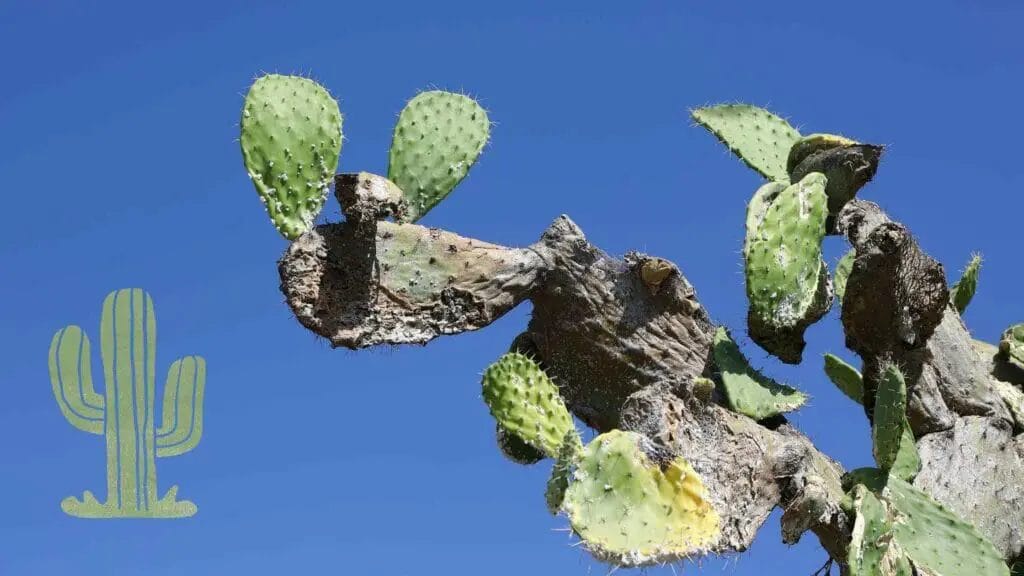
Preventing Cactus Corking
If you want to keep your cactus healthy and beautiful, preventing corking is crucial. Corking is a natural part of the aging process of cacti, but it can be prevented by taking a few simple steps.
Firstly, make sure your cactus is in a stress-free location. Avoid placing it in areas with heavy wind or direct sunlight, as this can cause sunburn, which can lead to corking. Instead, find a spot that provides partial shade and good ventilation.
Secondly, ensure that your cactus is getting suitable water. Overwatering can cause rot, which can also lead to corking. On the other hand, underwatering can cause stress, which can make the cactus more prone to corking. So, find the perfect balance and water your cactus when the soil is completely dry.
Thirdly, provide stability and support to your cactus. A cactus that is not well-supported can become stressed and develop corking. Use a pot that is the right size for your cactus, and make sure it is secure and stable.
Fourthly, keep an eye out for pests. Pests can cause damage to the cactus, which can lead to corking. Check your cactus regularly for any signs of pests, and take action immediately if you notice any.
Finally, remember that corking is a natural process that occurs in the life cycle of cacti. However, by taking these preventative measures, you can slow down the aging process and keep your cactus looking beautiful for longer.
Pro Tip: If you notice corking starting to occur, you can try to stop it by cutting off the affected area. This will encourage new growth and prevent the corking from spreading further.
Saving a Corked Cactus
If you notice that your cactus has corking, you may be wondering if there is anything you can do to save it. The good news is that, in most cases, you can save your cactus from this natural process.
The first step to saving your corked cactus is to remove any dead or rotting tissue. Use a sharp, sterile knife to carefully cut away the affected area, making sure to remove all the brown or gray tissue. Be sure to cut back to healthy tissue to prevent any remaining rot from spreading.
After removing the affected tissue, it’s important to provide your cactus with proper care to help it recover. Here are some tips to help your cactus recover from corking:
- Move your cactus to a location with bright, indirect sunlight to help it recover.
- Avoid overwatering your cactus, as it may be more prone to rot after corking.
- Provide your cactus with a well-draining soil mix to prevent water from sitting around the roots.
- Apply a fungicide to help prevent any further rot or fungal infections.
It’s important to note that even with proper care, your cactus may still show signs of corking. This is because corking is a natural part of the aging process for cacti, and some plants may be more prone to corking than others.
If you do notice corking occurring in patches or on just one side of your cactus, it’s likely due to a change in the aging process. As the aging process takes place, you may notice a change in color and texture, with the affected area changing from green to brown or gray.
While the edges and spines of your cactus may provide stability and support, they may also be affected by corking. As the affected area dries out, the jagged edges will smooth out, and the spines will drop out of the affected area.
Pro Tip: If you want to prevent corking from occurring in the first place, make sure to provide your cactus with proper care and avoid overwatering. Additionally, some cacti grow in a perfect ring, which can make them more prone to corking. If you notice corking occurring in a circular pattern, it may be due to the plant’s natural growth habit.
FAQ: Cactus Corking
What is cactus corking?
Cactus corking is a phenomenon where the base of your cactus plant turns brown and corky, resembling the texture of tree bark.
What causes corking in cactus plants?
There are a few factors that can cause corking in cactus plants, including sunburn, pests, and rot. Additionally, if the stem of a cactus plant isn’t strong enough to support the weight of the plant, it may begin to cork.
How can I prevent my cactus from corking?
To prevent corking in your cactus plant, it’s important to take good care of it. Make sure it’s getting the right amount of sunlight and water, repot it regularly, and keep an eye out for any signs of pests or rot. If you notice any brown spots or other discoloration at the base of your cactus, it’s important to take action quickly to prevent further damage.
What should I do if my cactus is corking?
If you notice that your cactus plant is beginning to cork, it’s important to take action quickly. Try to identify the cause of the corking – is it due to sunburn, pests, or a fungal infection? Depending on the cause, you may need to adjust the plant’s environment or apply a treatment to prevent further damage.
Will corking go away on its own?
Unfortunately, corking doesn’t go away on its own. If left untreated, it can continue to spread and eventually threaten the health of the entire plant.
How can I tell if my cactus is corking or just naturally changing?
Cactus corking can be identified by the corky texture and brown discoloration at the base of the plant. While some corking is natural, especially as the plant ages, it’s important to keep an eye out for any unusual or rapid changes that may indicate a problem.
Can cactus corking be treated?
Depending on the cause of the corking, it may be possible to treat the condition. For example, if the corking is due to a fungal infection, applying an antifungal treatment may be effective. However, in some cases, the corking may be irreversible, and the affected portion of the plant may need to be removed.
Is cactus corking a common problem?
Yes, cactus corking is a common problem that many cactus owners experience. Fortunately, with proper care and attention, it can usually be prevented or treated.
What should I do if I notice corking at the base of my cactus?
If you notice corking at the base of your cactus, it’s important to take action quickly. Identify the cause of the corking, and take steps to address the issue to prevent further damage.
How can I ensure that my cactus stays healthy and strong?
To keep your cactus plant healthy and strong, make sure it’s getting the right amount of sunlight, water, and nutrients. Additionally, be vigilant for any signs of pests or rot, and take action quickly if you notice any problems.
Is corking a problem for all types of cactus plants?
Corking is a common problem for many types of cactus plants, although some may be more susceptible than others. It’s important to understand the specific needs of your plant and take steps to keep it healthy and prevent corking from occurring.


